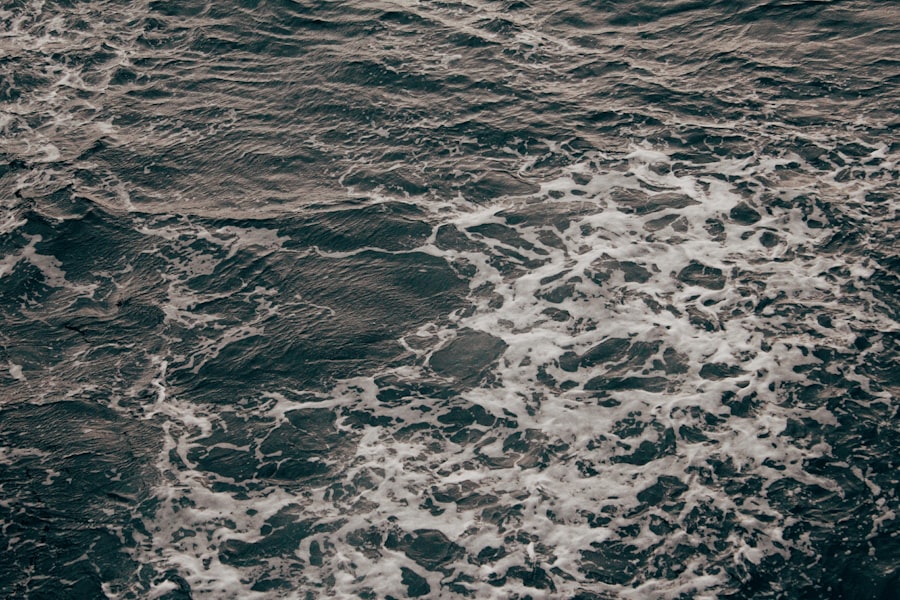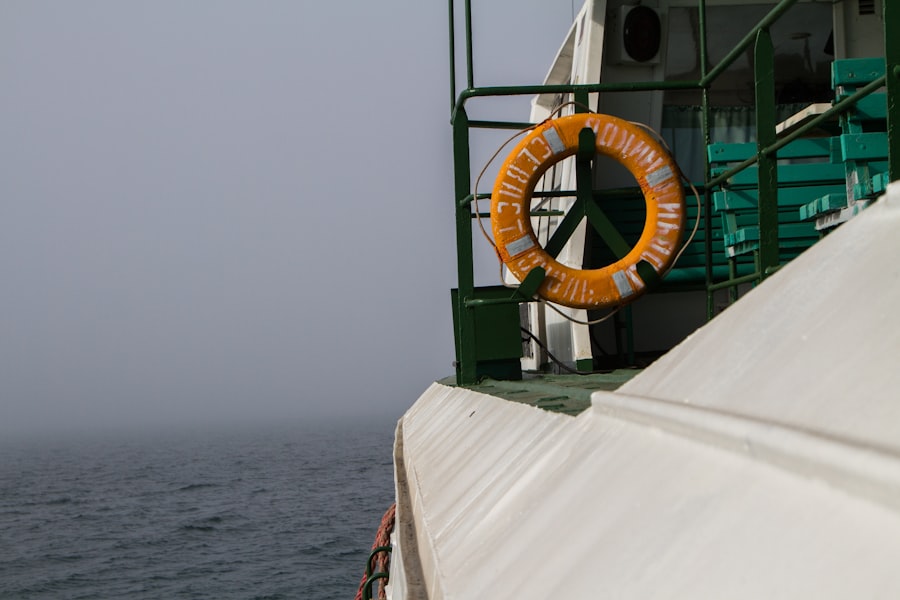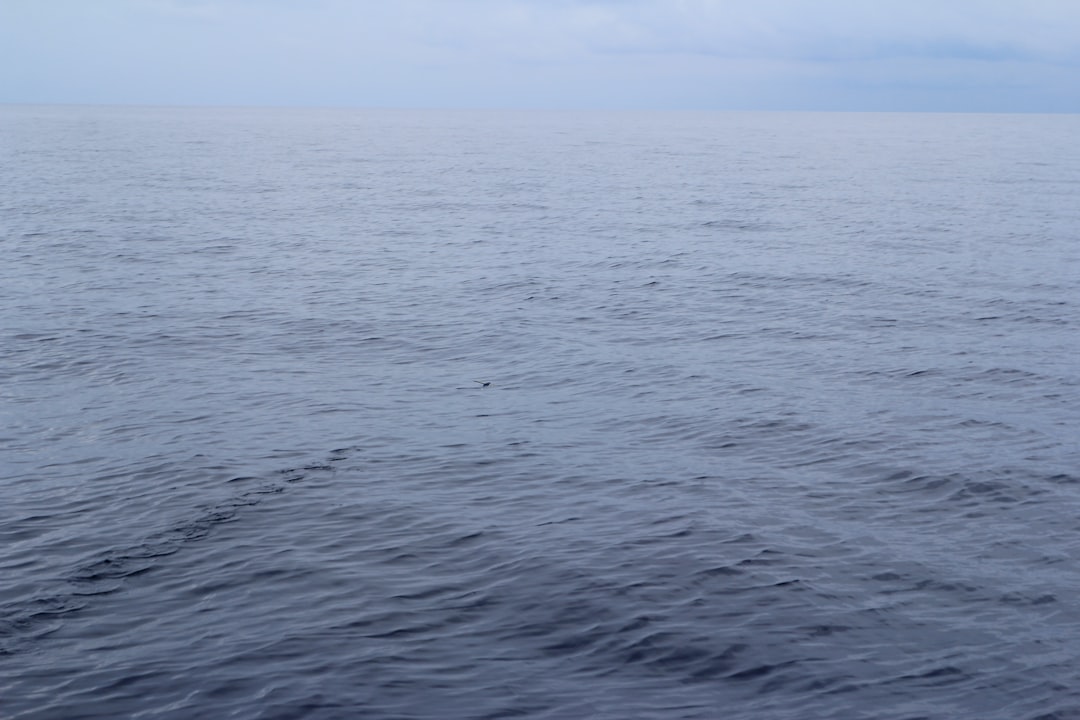The Drake Passage, a body of water located between the southern tip of South America and Antarctica, is renowned for its tumultuous seas and unpredictable weather patterns. Named after the English explorer Sir Francis Drake, who navigated these waters in the late 16th century, the passage serves as a critical maritime route for vessels traveling to and from Antarctica. Stretching approximately 800 kilometers (500 miles) wide, it connects the Atlantic and Pacific Oceans, making it a vital corridor for marine traffic.
The Drake Passage is not only significant for its geographical location but also for its unique ecological environment, which supports a diverse array of marine life. Navigating the Drake Passage is often considered a rite of passage for adventurers and researchers alike. The waters are notorious for their rough conditions, with waves that can reach heights of over 30 feet during storms.
This unpredictability has earned the passage a reputation as one of the most challenging maritime routes in the world. Despite its daunting nature, the Drake Passage is a gateway to the pristine landscapes of Antarctica, attracting tourists and scientists eager to explore its icy shores and rich biodiversity. Understanding the complexities of this passage is essential for safe navigation and for appreciating the ecological significance it holds.
Key Takeaways
- The Drake Passage is a narrow stretch of water between South America’s Cape Horn and the South Shetland Islands of Antarctica, known for its challenging sea conditions.
- Sea conditions in the Drake Passage are important for navigation, wildlife, and climate research in the region.
- Factors affecting sea conditions in the Drake Passage include wind patterns, ocean currents, and the presence of icebergs and sea ice.
- Current sea conditions in the Drake Passage can be unpredictable and vary from calm to extremely rough, making it a challenging area for navigation.
- Sea conditions in the Drake Passage have a significant impact on the wildlife in the region, including penguins, seals, and whales.
Importance of Sea Conditions in Drake Passage
The sea conditions in the Drake Passage play a pivotal role in determining the safety and feasibility of maritime travel. The passage is characterized by strong currents, high winds, and rapidly changing weather patterns, all of which can significantly impact vessels attempting to cross. Mariners must be acutely aware of these conditions, as they can lead to dangerous situations if not properly navigated.
The importance of understanding sea conditions cannot be overstated; it is crucial for ensuring the safety of crew members and passengers aboard ships traversing this challenging route. Moreover, the sea conditions in the Drake Passage have broader implications beyond navigation. They influence marine ecosystems, affecting everything from nutrient distribution to the migration patterns of various species.
The interplay between ocean currents and weather systems creates a dynamic environment that supports a rich tapestry of life. As such, understanding these conditions is vital not only for those at sea but also for researchers studying the ecological health of the region. The Drake Passage serves as a natural laboratory for examining how sea conditions affect marine biodiversity and ecosystem dynamics.
Factors Affecting Sea Conditions in Drake Passage

Several factors contribute to the often-turbulent sea conditions experienced in the Drake Passage. One of the primary influences is the confluence of ocean currents from both the Atlantic and Pacific Oceans. The Antarctic Circumpolar Current flows through this region, creating powerful swells and turbulent waters as it interacts with other currents.
This mixing of waters leads to unpredictable wave patterns and can result in sudden changes in sea state, making navigation particularly challenging. In addition to ocean currents, atmospheric conditions also play a significant role in shaping the sea conditions within the Drake Passage. The region is known for its frequent storms, driven by low-pressure systems that develop over the Southern Ocean.
These storms can generate strong winds and high waves, further complicating maritime travel. Seasonal variations also affect sea conditions; during certain times of the year, such as winter, storms may be more prevalent, leading to rougher seas. Understanding these factors is essential for mariners who must plan their voyages carefully to avoid hazardous conditions.
Current Sea Conditions in Drake Passage
| Sea Condition | Wave Height | Wind Speed | Temperature |
|---|---|---|---|
| Calms | 0-0.1m | 0-5 knots | -2°C |
| Light Breeze | 0.1-0.5m | 6-11 knots | 0°C |
| Gentle Breeze | 0.5-1.25m | 12-19 knots | 2°C |
| Moderate Breeze | 1.25-2.5m | 20-28 knots | 4°C |
| Fresh Breeze | 2.5-4m | 29-38 knots | 6°C |
As of October 2023, current sea conditions in the Drake Passage continue to reflect its reputation for unpredictability. Reports indicate that vessels navigating these waters are experiencing a mix of moderate to rough seas, with wave heights fluctuating significantly due to ongoing weather systems. Mariners are advised to stay updated on weather forecasts and sea state reports to ensure safe passage through this challenging area.
The variability in sea conditions can be attributed to several ongoing meteorological phenomena, including seasonal shifts and localized storm activity. For instance, recent observations have noted an increase in wind speeds, which can lead to heightened wave activity and choppy waters. These conditions necessitate careful planning and preparation for any vessels attempting to cross the passage, as even experienced sailors must remain vigilant in the face of rapidly changing circumstances.
Impact of Sea Conditions on Wildlife in Drake Passage
The unique sea conditions of the Drake Passage have profound effects on its wildlife populations. The turbulent waters create a dynamic environment that influences nutrient availability and food sources for various marine species. For instance, phytoplankton blooms are often stimulated by upwelling currents, providing essential nourishment for small fish and krill that form the base of the food web.
This chain reaction supports larger predators, including seals, seabirds, and whales that rely on these smaller organisms for sustenance. However, extreme sea conditions can also pose challenges for wildlife. High waves and strong currents may disrupt feeding patterns or hinder migration routes for certain species.
For example, seabirds that rely on calm waters to hunt may struggle during storms, impacting their ability to find food. Additionally, changes in sea temperature and salinity due to shifting currents can affect breeding grounds and habitat availability for various marine animals. Understanding these impacts is crucial for conservation efforts aimed at protecting the rich biodiversity found within the Drake Passage.
Safety Precautions for Navigating Drake Passage

Given the notorious reputation of the Drake Passage, safety precautions are paramount for any vessel attempting to navigate its waters. Mariners are encouraged to conduct thorough pre-voyage planning, which includes reviewing weather forecasts and sea state reports to identify potential hazards along their route. It is advisable to have contingency plans in place should conditions deteriorate unexpectedly during transit.
Equipping vessels with appropriate safety gear is also essential. Life jackets, emergency beacons, and communication devices should be readily available to ensure crew members can respond effectively in case of an emergency. Additionally, maintaining a well-trained crew familiar with navigating rough seas can significantly enhance safety during crossings.
Regular drills and training sessions focused on emergency procedures can prepare crew members for potential challenges they may face while traversing this unpredictable passage.
Historical Data on Sea Conditions in Drake Passage
Historical data on sea conditions in the Drake Passage provides valuable insights into long-term trends and patterns that have emerged over time. Records indicate that this region has consistently experienced rough seas due to its unique geographical position and climatic influences. Historical accounts from mariners dating back centuries describe harrowing experiences navigating these waters, highlighting the challenges posed by high winds and towering waves.
Recent studies utilizing advanced technology have allowed researchers to analyze historical sea condition data more comprehensively. This analysis reveals fluctuations in wave heights and storm frequency over decades, contributing to a better understanding of how climate change may be influencing these patterns. By examining historical data alongside current observations, scientists can develop predictive models that help mariners anticipate future sea conditions in this critical maritime corridor.
Research Efforts to Understand Sea Conditions in Drake Passage
Research efforts aimed at understanding sea conditions in the Drake Passage have gained momentum in recent years due to its ecological significance and navigational challenges. Scientists from various disciplines are collaborating to study oceanographic processes, weather patterns, and their impacts on marine ecosystems within this region. These research initiatives often involve deploying buoys equipped with sensors that monitor wave heights, wind speeds, and water temperatures in real-time.
Additionally, interdisciplinary studies are exploring how changes in sea conditions affect wildlife populations and their habitats. By integrating data from oceanography with biological research, scientists aim to create a holistic understanding of how environmental factors influence marine life in the Drake Passage. This knowledge is crucial not only for improving navigation safety but also for informing conservation strategies aimed at protecting vulnerable species that inhabit these waters.
Climate Change and its Effects on Sea Conditions in Drake Passage
Climate change poses significant challenges to sea conditions in the Drake Passage, with potential implications for both navigation and marine ecosystems. Rising global temperatures are leading to alterations in ocean currents and weather patterns, which can exacerbate existing challenges faced by mariners traversing this route. Increased storm intensity and frequency may result from changing climatic conditions, leading to even rougher seas than those historically recorded.
Moreover, climate change impacts marine biodiversity within the Drake Passage as well. Alterations in water temperature can affect species distribution and migration patterns, disrupting established food webs. As certain species struggle to adapt to changing conditions, there may be cascading effects throughout the ecosystem that could threaten overall biodiversity.
Understanding these climate-related changes is essential for developing adaptive management strategies that address both navigational safety and conservation efforts within this vital marine corridor.
Tips for Travelers Crossing Drake Passage
For travelers planning to cross the Drake Passage, preparation is key to ensuring a safe and enjoyable journey. First and foremost, it is advisable to choose a reputable tour operator with experience navigating these waters. These operators typically have knowledgeable crews who understand local conditions and can provide valuable insights throughout the voyage.
Travelers should also pack appropriately for varying weather conditions; layers are essential due to rapid temperature fluctuations common in this region. Waterproof gear is highly recommended as well since splashes from waves can occur even on calmer days. Additionally, staying informed about current sea conditions through regular updates will help travelers anticipate any changes during their crossing.
Conclusion and Future Outlook for Sea Conditions in Drake Passage
The future outlook for sea conditions in the Drake Passage remains uncertain as climate change continues to influence global weather patterns and ocean dynamics. While historical data provides a foundation for understanding past trends, ongoing research efforts will be crucial in predicting how these changes may unfold over time. As scientists work diligently to unravel the complexities of this unique maritime environment, it becomes increasingly important for mariners and conservationists alike to remain vigilant.
Ultimately, navigating the Drake Passage will always require respect for its unpredictable nature and an appreciation for its ecological significance. By prioritizing safety measures and staying informed about current conditions, travelers can embark on their journeys with confidence while contributing to ongoing efforts aimed at preserving this remarkable region for future generations.
This article provides insights into the dynamic and often challenging maritime environment of the Drake Passage, which is known for its strong currents and unpredictable weather patterns. To explore more about this topic, you can visit the article by clicking on this link. This resource offers valuable information for mariners, researchers, and anyone fascinated by one of the most treacherous sea routes in the world.
WATCH NOW! Drake Passage: Earth’s Deadliest Waters Revealed
FAQs
What are the typical sea conditions in the Drake Passage?
The Drake Passage is known for its rough and unpredictable sea conditions, with strong winds, high waves, and potential for stormy weather. The area is notorious for its challenging sailing conditions.
What causes the rough sea conditions in the Drake Passage?
The Drake Passage is the narrow stretch of water between South America’s Cape Horn and the South Shetland Islands of Antarctica. The convergence of the Atlantic, Pacific, and Southern Ocean currents, as well as the lack of any landmass to disrupt the winds, contributes to the rough sea conditions in the area.
Are there specific times of the year when sea conditions in the Drake Passage are calmer?
Sea conditions in the Drake Passage can be particularly rough during the austral winter (June-August) when storms and high winds are more frequent. However, conditions can still be challenging at any time of the year due to the passage’s location and the convergence of ocean currents.
How do the sea conditions in the Drake Passage affect travel and navigation?
The rough sea conditions in the Drake Passage can make travel and navigation challenging for ships and vessels. It is important for travelers and sailors to be prepared for potential seasickness and to take necessary precautions for rough weather conditions.
